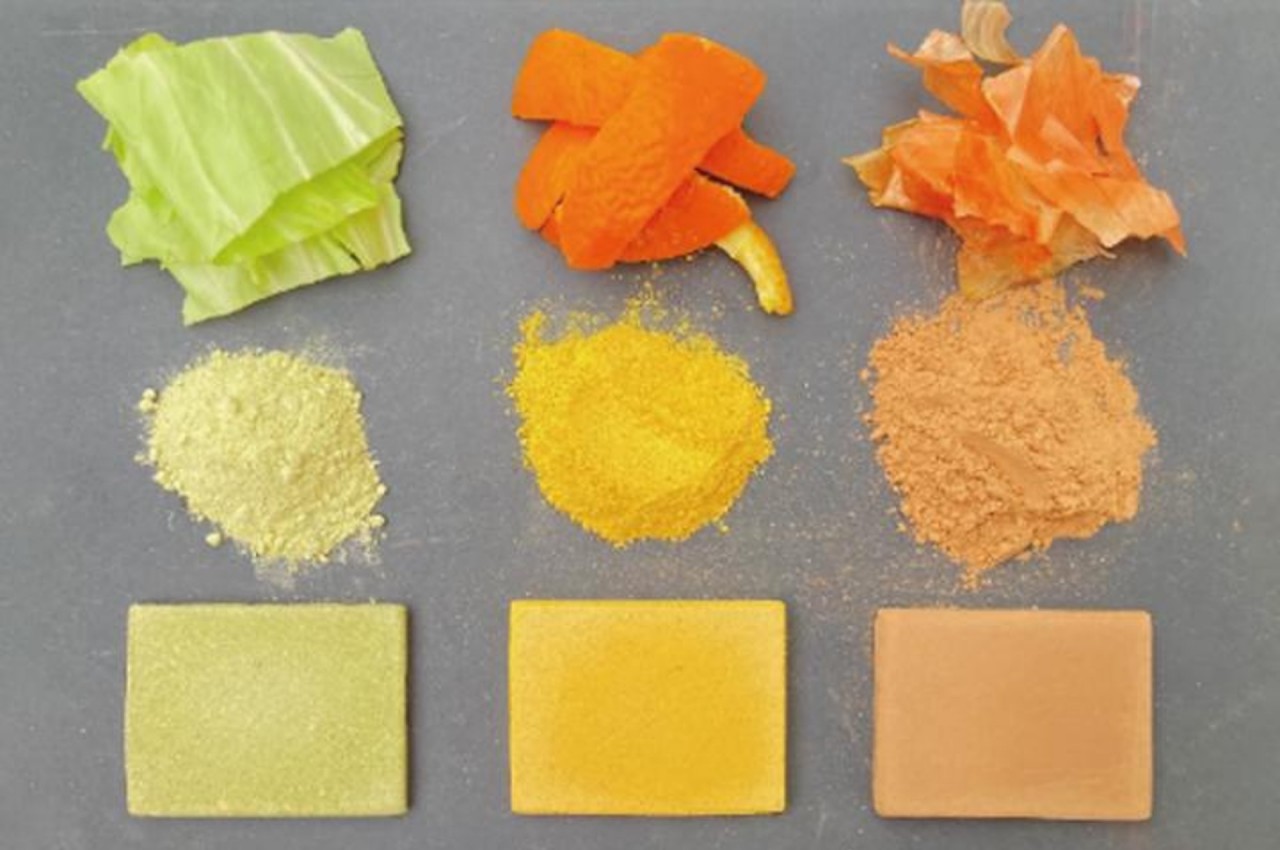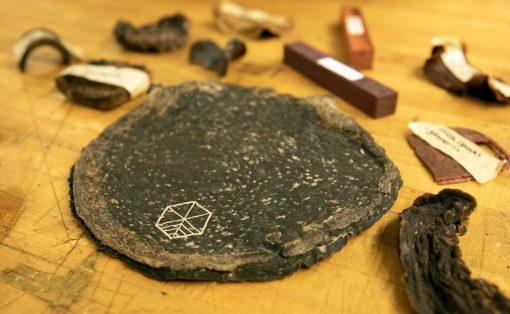
When I hear the word “edible concrete”, the visual that comes to my mind is straight out of a horror or dystopian story: people gnawing at walls because they have nothing more to eat. But of course that’s just my overactive imagination. It’s of course a recent development in construction innovation from scientists at University of Tokyo to make concrete from food waste.
Designer: University of Tokyo

The scientists have been looking to create concrete made from organic materials like coffee grounds, banana peels, Chinese cabbage, and orange skins. These materials are dried and compressed and then mixed with water and seasonings. Afterwards, they’re compressed in a high-temperature mold to create concrete material.

In this early stage of their experiment, they discovered that the material is actually able to avoid bending better than actual concrete and is three times stronger. It can also resist rot, fungi, and insects which is of course important for concrete aside from the bending strength. It is also edible, although that is probably not the most delicious or nutritious thing to consume.

With concrete being the highest-consumed product (aside from water) but also accounting for billions of tons of carbon dioxide release and food loss and waste accounting for a third of all food for human consumption, it would be a big help if this eventually becomes a fully-developed product. Even if it won’t be used for building construction, maybe there are other applications for concrete made from food-waste material.







